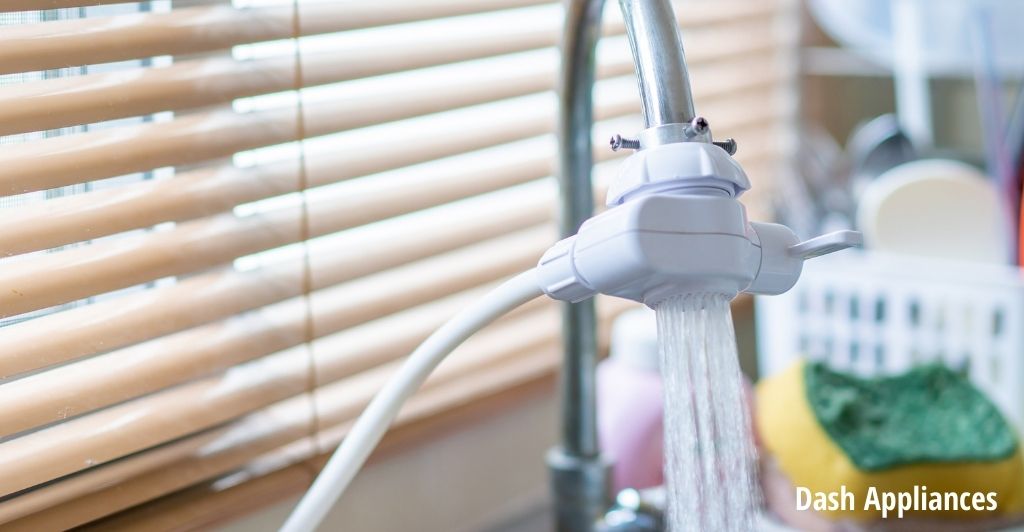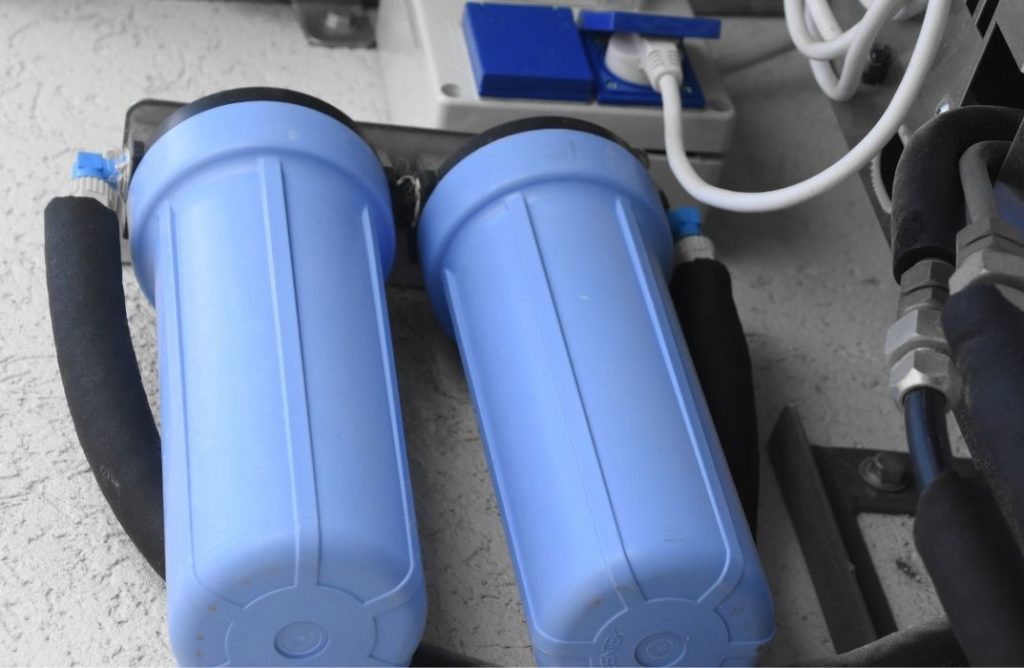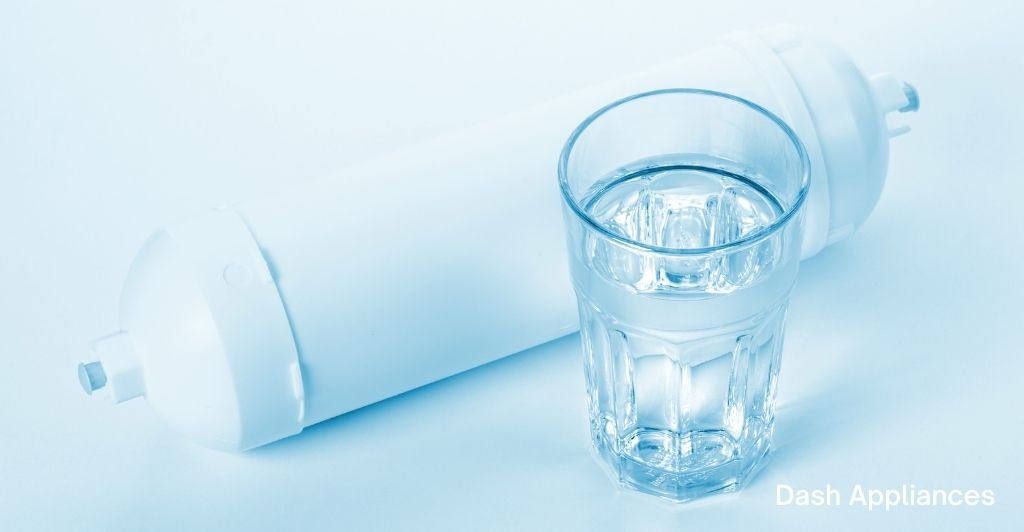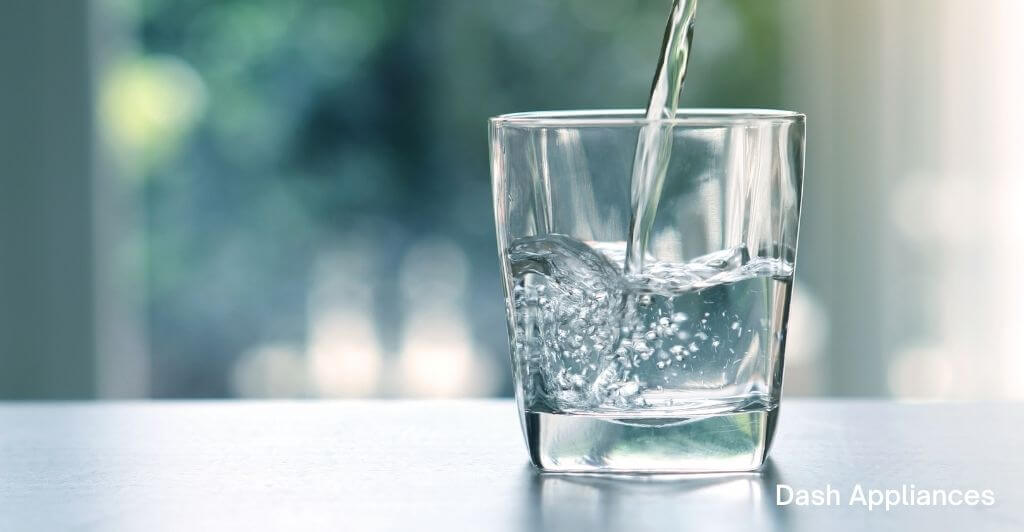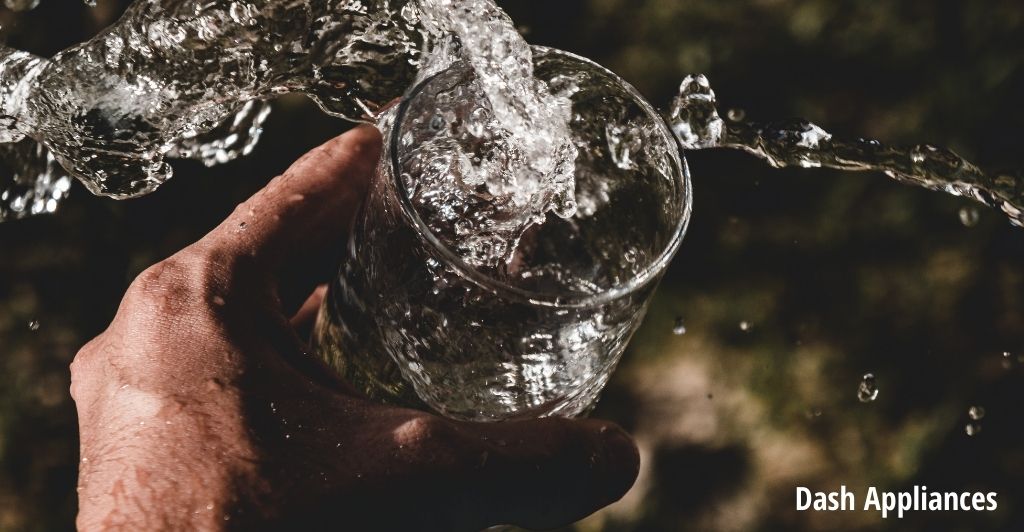Trihalomethanes, popularly known as THMs are 4 organic molecules namely bromoform, bromodichloromethane, dibromochloromethane, and chloroform grouped together which get formed in our water in the form of disinfection byproducts.
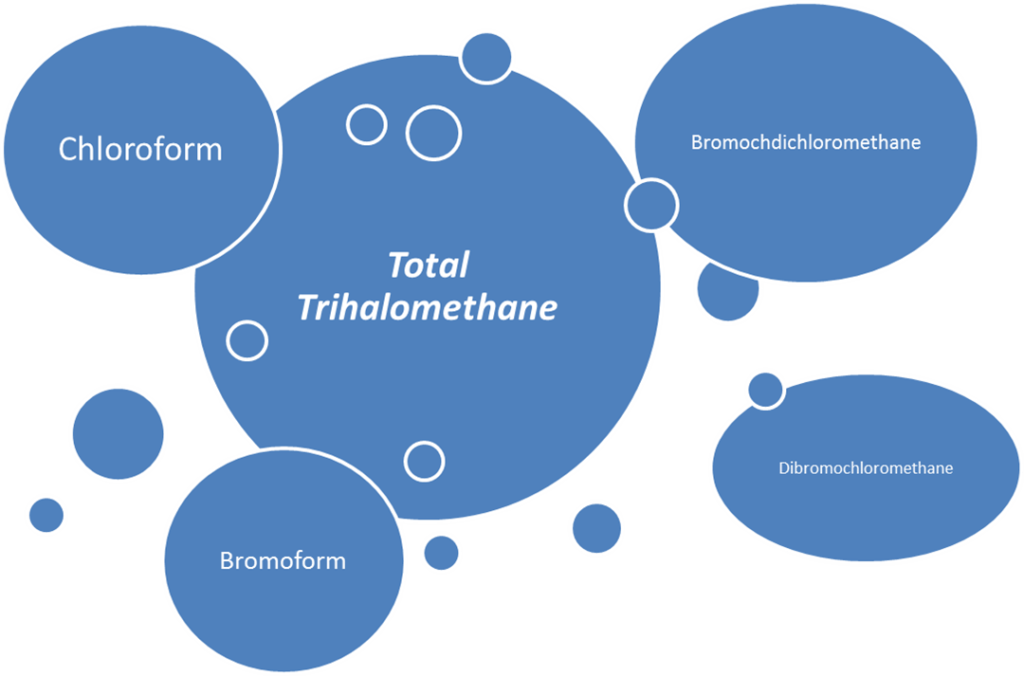
Chlorination is the process of elimination of bacteria in the water which leads to the formation of THMs.
In this guide, we will talk about THMs in detail and we will also discuss the ways in which you can remove Trihalomethanes (THMs) from your drinking water.
What are Trihalomethanes (THMs)?
THMs are compounds that appear when we use chlorine to disinfect water. THMs can be commonly found in the reserves of surface water and they can be removed by the use of filters with activated carbon.
You can also use the process of reverse osmosis and there are many other methods (discussed below) that are used to get rid of THMs in water.
Methods to Remove Trihalomethanes (THMs) From Water
There are several effective methods of treating water to get rid of or minimize THMs levels.
Below are the methods which can be used by you to ensure that you drink clean and safe drinking water.
1. Activated Charcoal Water Filters
The use of activated charcoal water filters is known to be the easiest method of getting rid of THMs. These water filters are also used to eliminate chlorine from the water. Activated charcoal water filters prevent the THMs from forming as they get rid of chlorine from the water sources.
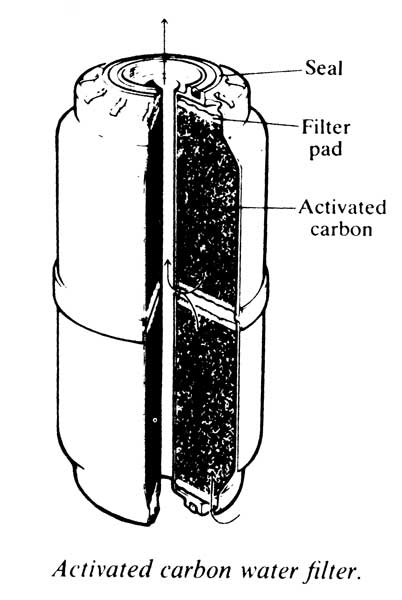
You can use activated charcoal in the water filter of your house itself or you can also use it in the form of a backwashing system.
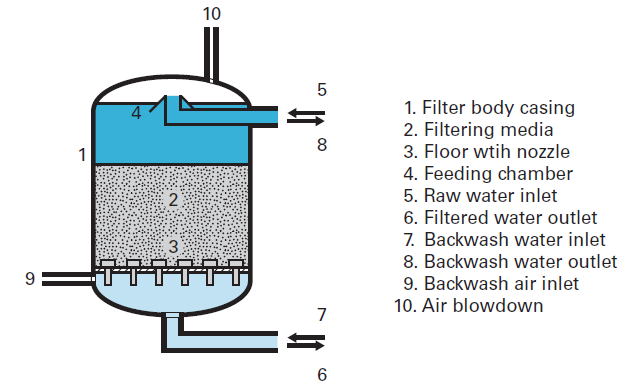
If you plan to install a water filter, don’t forget to check that your filter has a certification which states that it is capable of eliminating THMs. You should also ensure that you follow the instructions that come along with the filter.
2. Reverse Osmosis Filtration Systems
Reverse osmosis is also a very effective way of removing trihalomethanes from water. It is known that it is the most effective way of getting rid of THMs, fluoride, lead, chlorine, pollutants, and several other unwanted particles from the water.

This process takes place as semipermeable membranes are used to keep unwanted particles away from the water while it passes through them. Reverse osmosis does wonders as it removes THMs properly and you should consider getting this system installed in your home.
3. Water Softeners
A water softener is another option that you can consider to eliminate trihalomethanes.
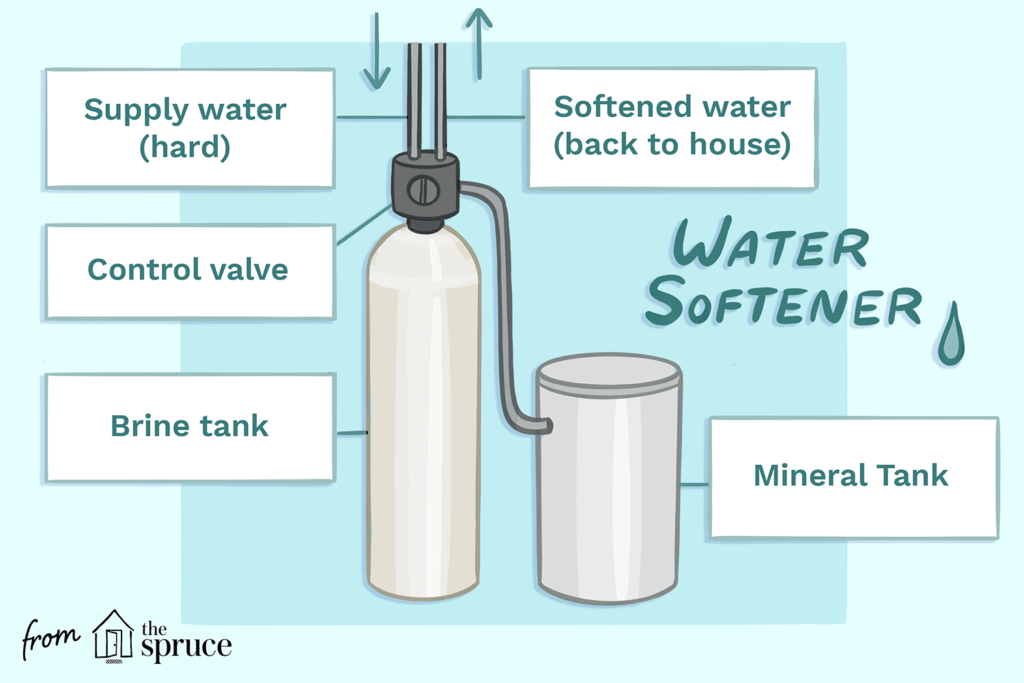
Water softeners make use of the ion exchange method or the technique of lime softening to get rid of several potent metals like magnesium, calcium, and many other metals that can be found in hard water. This process is quick, simple, and highly effective.
4. UV Systems
Ultraviolet water filtration systems have gained limelight in the market and they work by transmitting UV lights. UV rays cannot be seen by our eyes and these filters use their technology to eliminate these microorganisms by breaking their DNA.
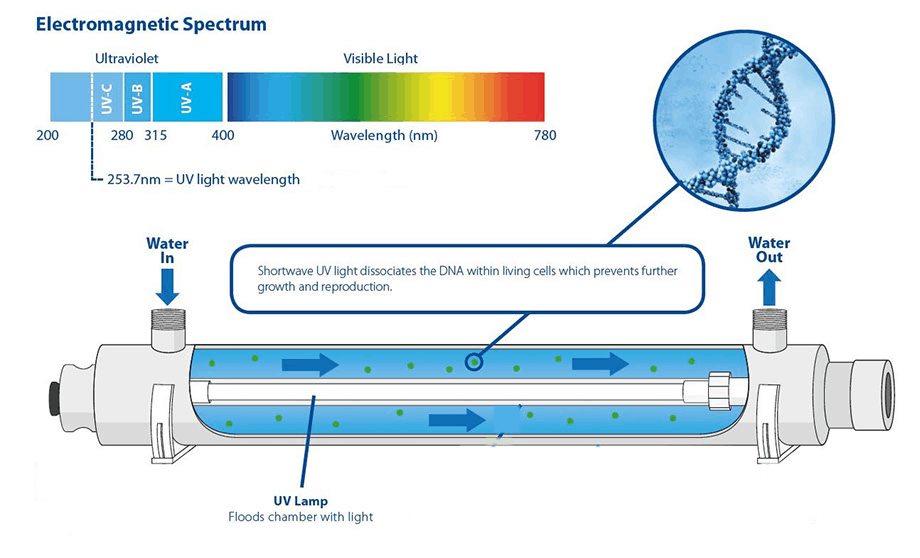
THMs are also broken down by UV systems when the water passes through them. This method is effective and highly straightforward. It ensures that harmful contaminants get eliminated appropriately and that no chemicals are added to your water.
How are you Exposed to Trihalomethanes in the Water?
We are all exposed to this organic compound when we drink water that contains THMs. Other sources of exposure to THMs include shower or bathwater. If our shower or bath water contains THMs, then it can go inside our body as we can inhale it.
Several health risks are involved when humans get exposed to THMs. Our liver, and kidneys can be harmed, and damage to our bladder can also be caused. Moreover, exposure to THMs in any form can lead to problems in our nervous system. One’s fertility, birth defects, miscarriage, stillbirth, menstrual disorders, and gestational disorders are also the issues that can be caused due to THMs.
It has also been found out that trihalomethanes are one of the main reasons for cancer as they have the ability of producing human carcinogens. Inhalation of trihalomethanes is equally dangerous and has the same health risks.
This is precisely the reason why it is vital to get rid of the heavy concentration of trihalomethanes from our drinking water as the removal will be beneficial for our health and it will allow us to stay away from any sort of dangerous illnesses or disorders.
Conclusion
To conclude, we learned how several methods are available in the market in terms of getting rid of trihalomethanes. THMs have various health risks and we all should do our best to ensure that we drink water that does not contain any sort of harmful chemicals which can harm our body and make us ill.
Frequently Asked Questions (FAQs)
Is it possible to filter trihalomethanes?
One of the most harmful chemical compounds present out there, trihalomethanes somehow get into our water supplies and they can be removed by using water filters that have activated carbon technology. Reverse osmosis is also an effective process that is used to remove THMs. You can also make use of UV systems and water softeners to filter trihalomethanes from your drinking water.
Can I remove THMs by boiling the water?
No, it is not possible to completely eliminate THMs just by boiling your water. You should consider the above-mentioned methods of eliminating trihalomethanes as they are effective and they will get rid of the chemical compound completely.
Which method is considered to be the best in terms of eliminating trihalomethanes?
Adsorption with the use of granular activated charcoal or powdered activated carbon and aeration with the use of diffused towers of air is known to be the effective methods of getting rid of trihalomethanes.
